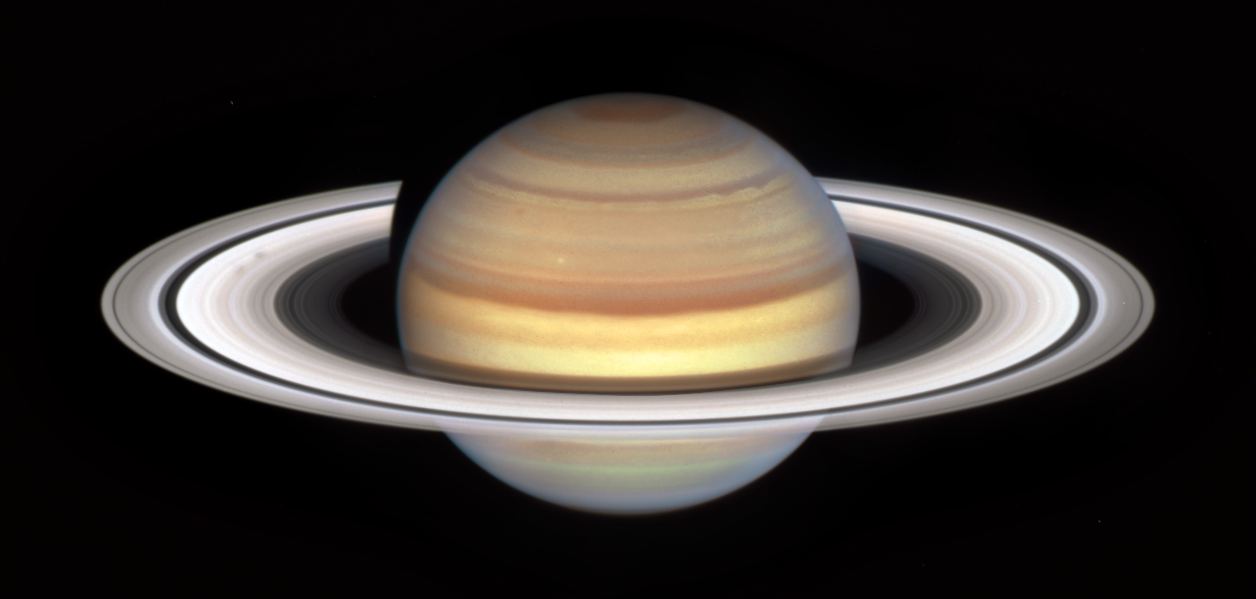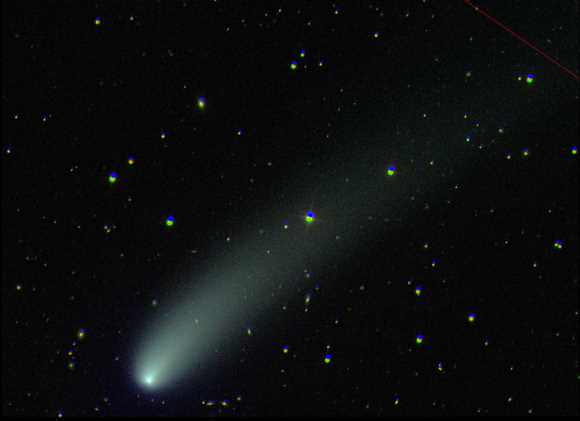In the coming years, NASA and other space agencies will send humans back to the Moon for the first time since the Apollo Era—this time to stay! To maximize line-of-sight communication with Earth, solar visibility, and access to water ice, NASA, the ESA, and China have selected the Lunar South Pole (LSP) as the location for their future lunar bases. This will necessitate the creation of permanent infrastructure on the Moon and require that astronauts have the right equipment and training to deal with conditions around the lunar south pole.
This includes lighting conditions, which present a major challenge for science operations and extravehicular activity (EVA). Around the LSP, day and night last for two weeks at a time, and the Sun never rises more than a few degrees above the horizon. This creates harsh lighting conditions very different from what the Apollo astronauts or any previous mission have experienced. To address this, the NASA Engineering and Safety Council (NESC) has recommended developing a wide variety of physical and virtual techniques that can simulate the visual experiences of Artemis astronauts.
Continue reading “NASA is Considering Designs and Simulations to Prepare Astronauts for Lighting Conditions Around the Lunar South Pole”










